MetricStream Enterprise Risk Management (ERM) software enables a structured approach towards managing your organizational risks. Built on the MetricStream Platform and supported by uniform risk assessment methodologies and standards, this ERM product gives you the ability to accurately understand risks and gain clear visibility into the top risks you face. Multi-dimensional risk assessments based on several qualitative and quantitative parameters can be performed to establish your risk profile. Real-time insights into risk management programs and a more efficient ERM approach is offered through powerful analytics, advanced heat maps, reports, dashboards, and charts.
Enterprise Risk Management (ERM) Software
Measure Your Program Outcomes
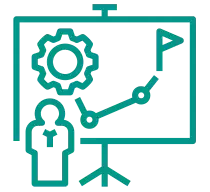
- 67%
increase in risk visibility through efficient reporting

- 80%
increase in risk and control framework related operational efficiency
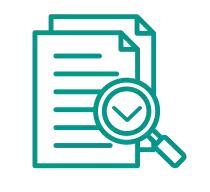
- 15X
improvement in risk metrics tracking
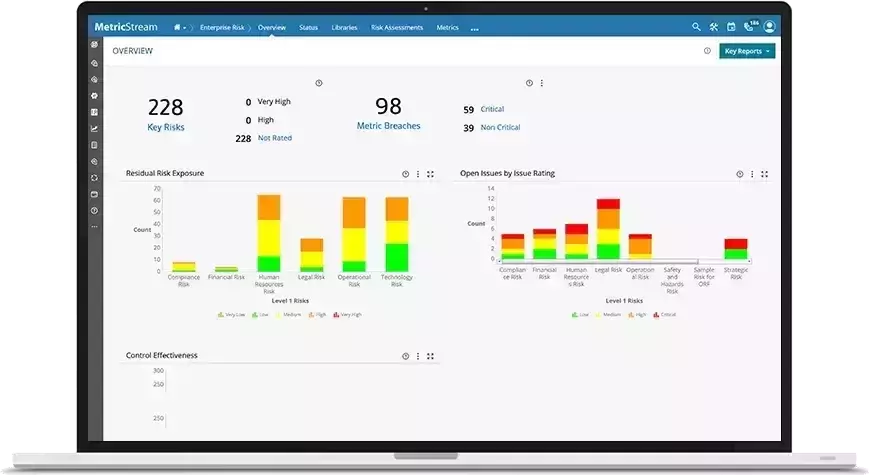
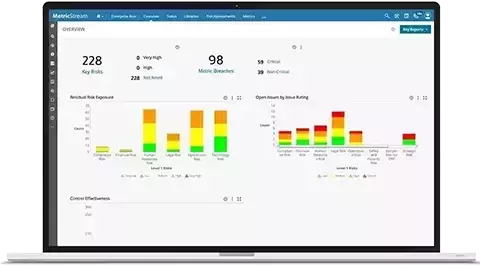
Step-Up Your Enterprise Risk Management Program
MetricStream Enterprise Risk Management (ERM) software enables a structured approach towards managing your organizational risks. Built on the MetricStream Platform and supported by uniform risk assessment methodologies and standards, the ERM software helps you accurately understand risk exposure at multiple levels of your organization. Multi-dimensional risk and control assessments based on qualitative and quantitative parameters can be performed to establish your risk profile. Real-time insights into your risk management processes through powerful analytics, advanced heat maps, reports, dashboards, and charts empower you to make smarter and risk-aware decisions.
How Our ERM Software Helps You
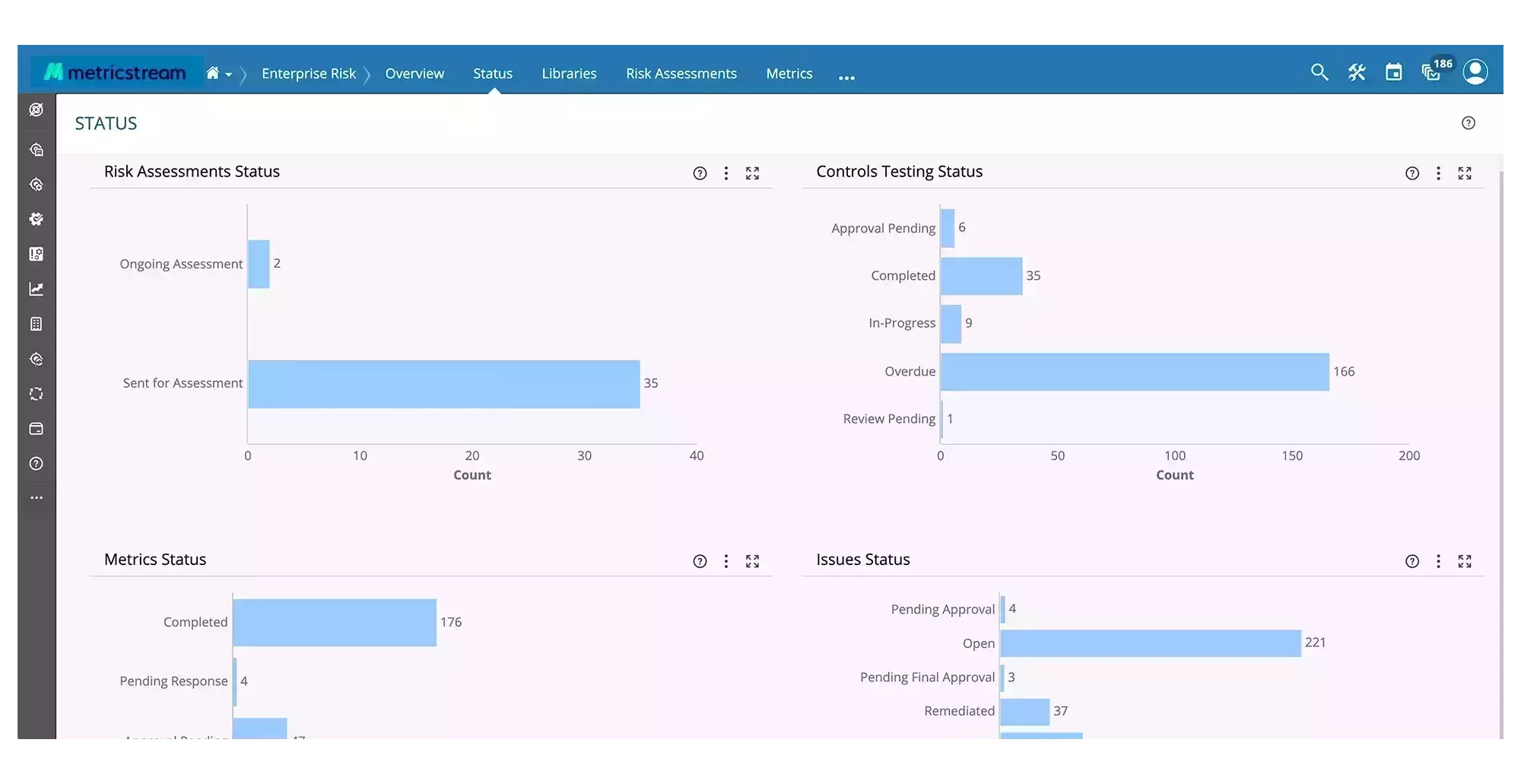
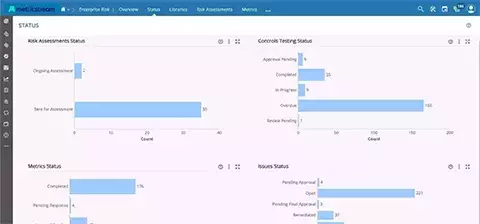
Federated and Centralized Data Model for Better Cross-Org Collaboration
Identify and define business objectives, processes, products, risks, and controls, and establish and maintain relationships across these data elements leveraging the federated and centralized data model. Document and manage a wide array of enterprise risks and associated details such as risk description, category, hierarchy, and ownership using a centralized library and risk framework.
Advanced Risk Assessment and Analysis for Improved and Accurate Risk Visibility
Plan, schedule, and perform risk assessments in a streamlined manner. Manage simple assessments by rating a risk, or advanced multi-dimensional assessments using weighted average method where weights can be given to multiple dimensions including organization, objective, product, process, assessable item or risk hierarchy for improved and accurate risk visibility. Once the assessments are complete, route the results for review and approval. Define risk treatment plans to accept, avoid, transfer or optimize risk.
Control Design and Assessments Based on Industry Standards
Define controls as per industry standard frameworks like COSO and COBIT. Design control test plans and assessments and rate the operational and design effectiveness of the controls, leveraging questionnaires and surveys as required. Understand the control evaluation status and analyze the results using interactive dashboards.
Key Metrics Monitoring for Proactive Risk Identification
Measure and track key indicators for risks (KRIs), controls (KCIs), and performance (KPIs). Set thresholds to identify potential threats and mitigate them in advance. Send alerts and notifications on any breach to relevant personnel for faster decision-making.
AI-Powered Issue Management to Reduce Redundancies
Leverage AI/ML to quickly identify issues based on relevance, relationships, and criticality, and recommend issue classification and action plans. Create action plans such as control modification or definition of new controls as part of the issue remediation process. Stay updated on the status of implemented actions at every stage and track them to closure.
Expansive Risk View with Intuitive Graphical Dashboards and Reports
Gain a 360º view of risk and trends through interactive executive dashboards and advanced visualization of key metrics to help you respond faster to emerging risks or changing risk profiles. Access real-time information on risk management systems across the organization through role-based landing pages with graphical dashboards and charts.
How Our ERM Software Benefits Your Business
- Improve operational efficiency by reducing the cycle time and costs of risk assessments, while improving resource utilization
- Drive agility and risk-based decision-making by providing a single view of the top risks faced by your organization across all lines of the business
- Deliver forward-looking risk visibility with predictive risk metrics and indicators that help anticipate and respond better and quicker to adverse risk events
- Build confidence with regulators and executive management by establishing a strong risk data governance and issue reporting framework with clear lines of accountability
Frequently Asked Questions
Enterprise risk management (ERM) software is a digital tool and technology solution aiding organizations in systematically identifying, assessing, prioritizing, monitoring, reporting, and managing diverse risks affecting their operations, finances, reputation, and objectives. Equipped with features like heat maps, risk registers, and risk assessments, ERM software enables informed decision-making.
The cost of enterprise risk management (ERM) software can vary significantly depending on factors such as the vendor, the features included, the level of customization, number of users and the size of the organization. It's important for organizations to carefully assess their specific requirements, conduct thorough research, and obtain customized quotes from ERM software vendors to determine the exact cost tailored to their needs.
ERM software should include features for risk register, risk identification, qualitative and quantitative assessments with configurable scoring and rating algorithms), along with tools for real-time monitoring and reporting in compliance industry standards. It should facilitate issue management, scenario analysis, collaboration, integration with internal and external systems, enabling proactive risk management and decision-making. Most importantly, it should be easy to use for driving faster adoption and scalable to accommodate future growth and evolving risk management needs.























